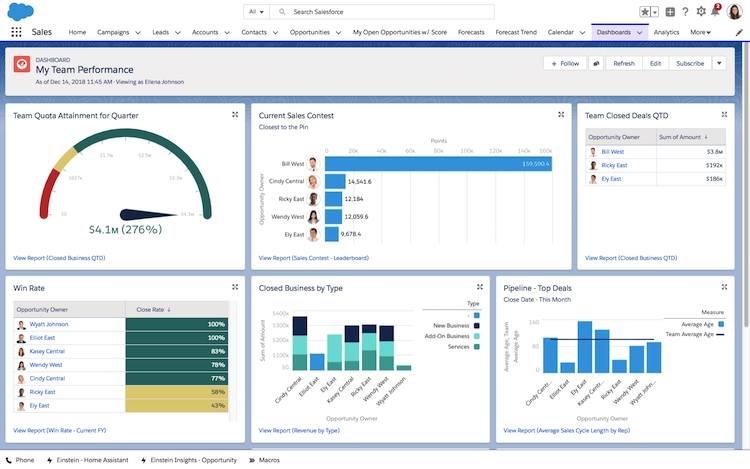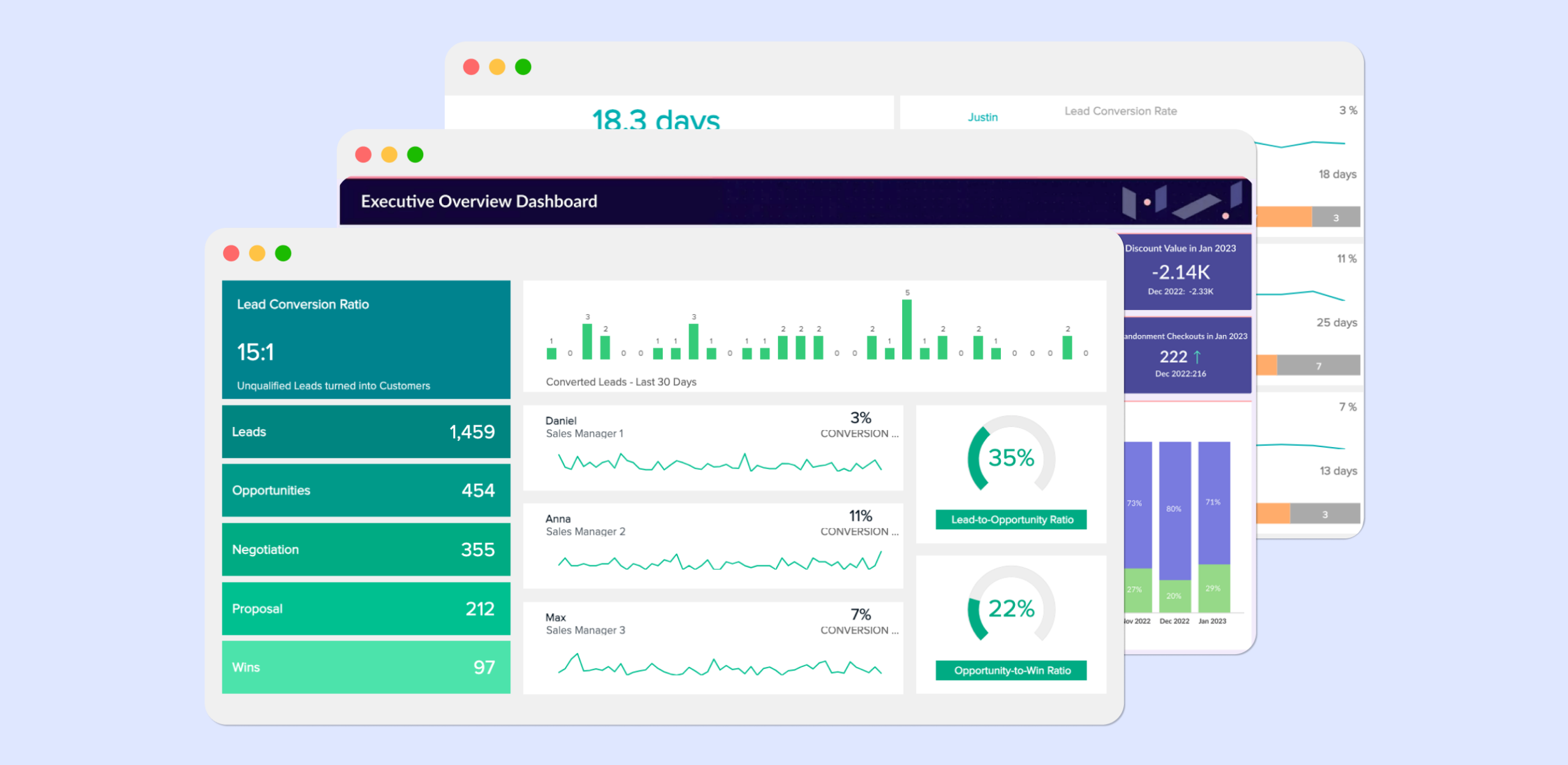If you’ve ever felt overwhelmed trying to juggle multiple accounts—whether for social media, finance, sales, or clients—you’re definitely not alone. With the growing demand for multi-account management in today’s digital world, knowing how to manage 5+ accounts from one dashboard is not just helpful, it’s essential. This blog will walk you through proven strategies, real-world examples, best practices, and pitfalls to avoid so you can handle all your accounts confidently from a single, unified dashboard. Ready to unlock better productivity and oversight for your business or agency? Let’s dive in!
What is “How to Manage 5+ Accounts from One Dashboard”?
To put it simply, the concept of “how to manage 5+ accounts from one dashboard” involves using a centralized platform (or dashboard) to oversee, control, and interact with five or more accounts across different platforms. This could mean social media, sales, banking, or employee management—all accessible from a single screen. Modern dashboards offer visibility, automation, and time-saving tools to keep everything organized efficiently.

The trend of consolidating various accounts under one digital roof extends across industries and job functions. Whether you are a social media manager, sales leader, accountant, or entrepreneur, having multiple accounts is the new norm. That’s precisely why systems that help you manage multiple accounts from one dashboard have become industry standard—and absolutely essential.
Why Managing 5+ Accounts from One Dashboard Matters
Managing several accounts might once have meant toggling endlessly between tabs, spreadsheets, login screens, and apps. Today, advanced dashboards change the game. Here’s why an all-in-one dashboard approach is a must-have:
- Time-Saving: Monitor, analyze, and engage across all accounts without countless manual logins.
- Accuracy: Reduce human error, ensure data consistency, and automate repetitive actions.
- Better Collaboration: Multiple team members can access the same dashboard, increasing transparency.
- Simplified Reporting: Get unified analytics & reports across platforms in just a few clicks.
- Centralized Control: Manage user permissions, content posting, and workflows securely.
- Enhanced Security: No need to share separate credentials; strong user management keeps everything safe.

In short, understanding how to manage 5+ accounts from one dashboard isn’t just about convenience—it’s about scaling smarter and outpacing the competition. You can respond faster, analyze deeper, and eliminate the chaos that comes with fragmented data or communication.
Use Cases: Who Needs to Manage 5+ Accounts from One Dashboard?
Let’s explore real-world examples where unified dashboard management makes an impact:
1. Social Media Managers
Juggling Instagram, Facebook, LinkedIn, Twitter, and TikTok for different clients? Multi-account dashboards like Sprinklr, Socinator, or Sendible consolidate scheduling, monitoring, and inboxes—all in one place.
.webp)
2. Financial Teams
Accounting professionals often track multiple banking, credit, and supplier accounts for several clients. Dashboards like Karbon keep transactions, communication, and tasks aligned on one screen.
3. Sales and Marketing Teams
Managing many CRMs, sales pipelines, and marketing channels is easier with software that integrates all data sources: from Salesforce to analytics dashboards and project management tools.

4. Agency Owners
Agencies running campaigns for multiple clients need dashboards that support role-based permissions, centralized content approval, and cross-account reporting. One dashboard equals clearer insights and happier clients.
5. HR and Recruitment Leaders
Manage recruitment channels, staff schedules, and onboarding workflows across company branches—it’s all simplified with a central platform.

6. E-commerce Owners
Online store owners use dashboards to monitor sales, inventory, marketing campaigns, customer messages, and reviews for multiple brands from a unified interface.
Step-by-Step: How to Manage 5+ Accounts from One Dashboard
Ready to embrace streamlined management? Here’s a proven stepwise workflow to get started and maximize the benefits:
Step 1: Identify Your Accounts and Needs
List all the accounts you need to manage—social channels, financial accounts, stores, client profiles, or marketing platforms. Make note of specific features you need, like scheduling, analytics, or user permissions.
.webp)
Step 2: Choose the Right Dashboard Software
Popular tools like Sprinklr, Sendible, Multilogin, Socinator, Karbon, and Power BI offer robust dashboards. Compare them for compatibility, integrations, scalability, user-friendly design, and security compliance.
Step 3: Integrate All Account Logins Securely
Connect each platform (social, email, banking, etc.) inside your chosen dashboard. For extra security, use SSO (single sign-on) and strong password management. Avoid sharing access unnecessarily.

Step 4: Set Up User Permissions and Roles
Assign different permissions based on team roles (owner, admin, editor, viewer). This keeps data secure and workflows smooth—no more confusion over who can do what.
Step 5: Centralize Workflows and Automations
Schedule posts, automate reporting, and flag urgent tasks within the dashboard. Use templates and built-in automations to cut manual workload.

Step 6: Monitor Dashboards and Track KPIs
Customize key performance indicators (KPIs) for each account, view actionable reports, and get snapshot views across all platforms. Optimize strategies based on real-time insights.
Step 7: Review and Optimize Regularly
Schedule monthly reviews of your dashboards, check for unused features, user access, and update integrations. Explore new features as your business grows.

Common Challenges, Myths, and Objections
Many shy away from transitioning to a unified dashboard system because of perceived barriers. Let’s bust the big myths and address common hurdles:
Myth 1: Setup is Complicated
Most modern dashboards are intuitive, with guided setup and live support. The short learning curve far outweighs the long-term efficiency gains.
Objection 1: Security is a Concern
Integrated dashboards often have stronger security controls than individual platforms, including 2FA, encryption, and audit trails.
Myth 2: One Dashboard Can’t Support All My Accounts
Top platforms integrate with 100+ apps/APIs. Unless you have a highly specialized niche, most needs are covered.
Challenge: Resistance to Change
Train your team and communicate the time savings and transparency benefits. Seeing the value firsthand builds buy-in fast.
Objection 2: It’s Too Expensive
Compare the cost of scattered logins, lost data, and team burnout against monthly dashboard fees—you’ll see quick ROI, especially as your account count grows.
FAQs about How to Manage 5+ Accounts from One Dashboard
1. What is the best dashboard for managing multiple accounts?
Depending on your needs, tools like Sprinklr (for social), Power BI (for analytics), Karbon (for accounting), or Multilogin (for browser-based accounts) are excellent for managing multiple accounts from one dashboard.
2. Can I manage different types of accounts (social, email, sales) in the same dashboard?
Yes, many dashboards allow for integration of a variety of account types, so you can monitor social media, sales, analytics, and email together.
3. Is it secure to manage all my accounts from one dashboard?
Dashboards implement advanced security protocols, including two-factor authentication, role-based permissions, and activity monitoring. Choose platforms with solid reputations and credentials.
4. How do I handle user access and permissions?
Most dashboards offer granular permissions, letting you assign who can view, edit, or publish on specific accounts—reducing security risks.
5. What if one of my accounts gets disconnected?
Dashboards send alerts or status reports if an account disconnects, making it easy to re-authenticate or contact support for quick fixes.
6. Can dashboards automate posting and reporting?
Absolutely! Automation is a core feature—schedule posts, auto-generate reports, and set up recurring workflows for all connected accounts.
7. How many accounts can I realistically manage?
Most modern platforms scale from five accounts to hundreds, depending on your plan. Check tool limits before committing.
8. Will it take long to set up my dashboard?
No. Many platforms offer onboarding wizards and tutorials—setup can be accomplished in under an hour for most users.
9. What’s the cost for managing 5+ accounts from a dashboard?
Pricing varies by features and user count but typically ranges from $20–$200/month for multi-account tools, with enterprise plans for larger needs.
10. Can freelancers and small teams use these dashboards too?
Yes—most dashboards are scalable for individuals, teams, agencies, and enterprises. Choose a plan that fits your current needs and upgrade as you grow.
Conclusion: The Future of Managing Multiple Accounts is Here
Whether you’re an agency scaling up, a finance manager tracking hundreds of ledgers, or an entrepreneur running several brands, learning how to manage 5+ accounts from one dashboard is a secret sauce for efficiency and growth. It empowers you to save time, reduce errors, collaborate better, and get data-driven insights—all while keeping things secure.
Choosing the right dashboard can transform your business operations, freeing you from manual headaches and letting you focus on what really matters: creativity, strategy, and growth.
Ready to take control and thrive? Explore dashboard options that fit your industry, start your trial, and invite your team to join. With consolidation comes opportunity—your business (and sanity) will thank you.
For further reading, visit resources like Sprinklr’s multi-account management guide, Socinator’s blog on profile management, or compare Sendible and Multilogin features for deeper insights. Need specialized support? Reach out to digital experts who can help you design and customize your dashboard workflow.
Take the leap—your unified dashboard journey begins today!
